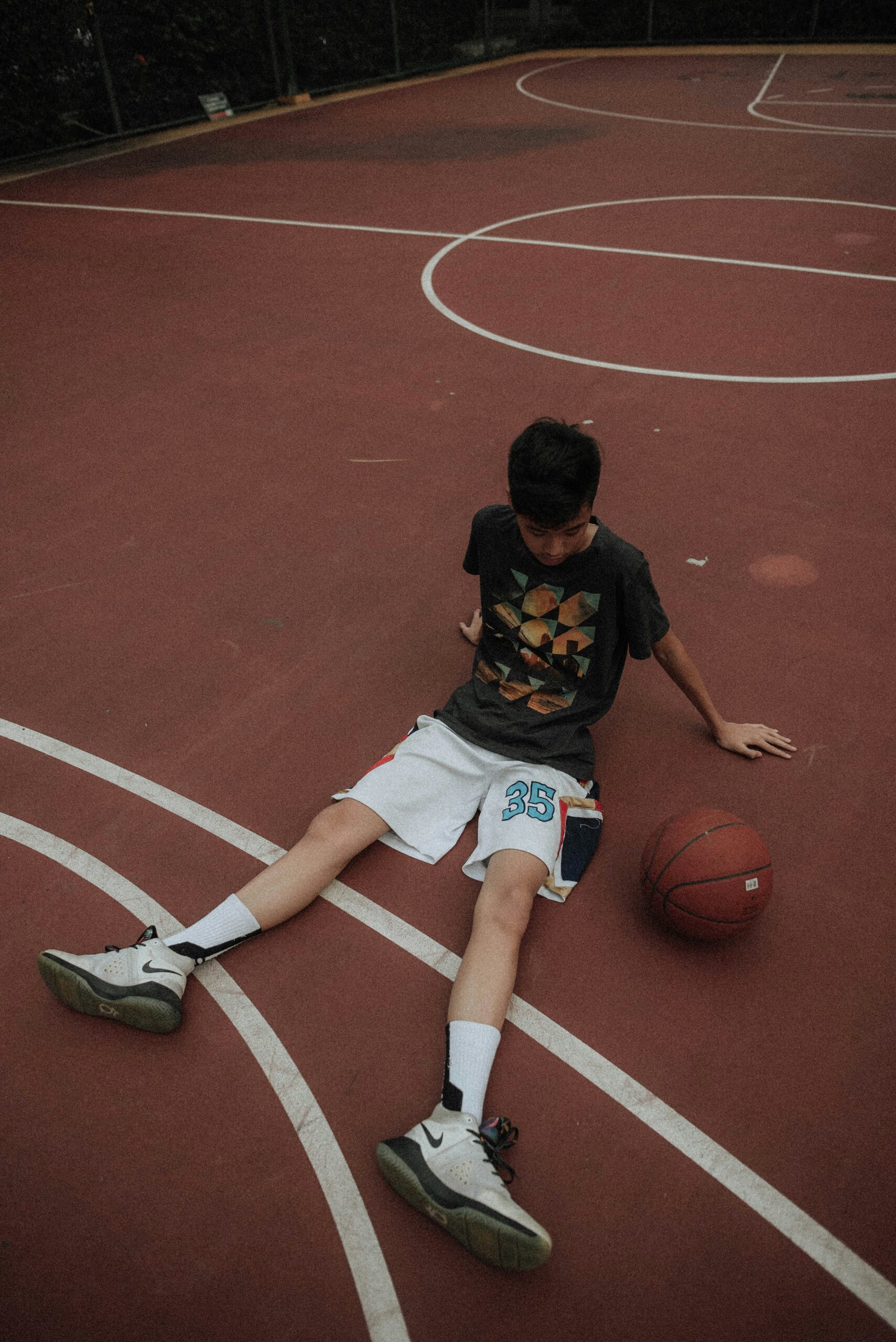For Providers
Explore Antelope Recovery’s resource for providers, offering in-depth info on teen mental health, virtual therapy, screening guides, and more.

Did you know?
Most common mental health disorders have an onset in childhood or adolescence, with the peak incidence occurring during adolescence. The earlier the intervention, the more successful it will be. If we can get teens help early on, we can avoid the progression of mental illness. Prevention and early intervention are critical to deeply helping individuals with mental health challenges.
Last year, 46,000 teens in Colorado who needed SUD treatment did not receive it.
17% of Colorado’s teens endure at least one major depressive episode within a year.
Suicide is the leading cause of death among youth in Colorado.
Over 1/4 of Colorado’s youth report not having an adult they can talk to if they are struggling.
Assessments are an integral part of early intervention
We recommend teens be screened at least once a year for depression and anxiety. Please note: these assessments may only be conducted by a licensed healthcare professional, with some requiring specialized training.
| Type | Description | Examples |
| Diagnostic Interviews | Diagnostic interviews are structured assessments that gather information about the teen’s symptoms and mental health history. | Examples of diagnostic interviews include the Kiddie Schedule for Affective Disorders and Schizophrenia (K-SADS) or the Structured Clinical Interview for DSM-5 (SCID-5). |
| Behavioral Assessments | Behavioral assessments gather information about the teen’s behavior and functioning in different settings, such as at home, at school, or with peers. | Examples of behavioral assessments include the Child Behavior Checklist (CBCL) and the Behavior Assessment System for Children (BASC). |
| Depression Assessments | Depression instruments are self-report questionnaires that assess the severity of depressive symptoms the teen is currently experiencing. | Examples of depression assessments include the Patient Health Questionnaire – 9A for teens (PHQ-9A) and the Kutcher Adolescent Depression Scale (KADS). |
| Suicide Assessments | Suicide assessments are structured interviews for evaluating past and present suicidal ideation, history of harm, and the level of current risk of harm. | Examples of suicide assessments include the Ask Suicide Screening Questions (ASQ) and Columbia Suicide Severity Rating Scale (C-SSRS). |
| Anxiety Assessments | Depression instruments are self-report questionnaires that assess the degree of different types of anxiety and accompanying symptoms. | Examples of anxiety assessments include the Patient Health Questionnaire – Adolescent (GAD and Panic Disorder) and the Screen for Child Anxiety and Related Disorders (SCARED). |
| Cognitive Assessments | Cognitive assessments measure the teen’s cognitive abilities, such as memory, attention, and problem-solving skills. | Examples of cognitive assessments include the Wechsler Intelligence Scale for Children (WISC) and the Delis-Kaplan Executive Function System (D-KEFS). |
| Trauma Assessments | Trauma assessments evaluate whether the teen has experienced trauma and assess the impact of trauma on the teen’s mental health. | Examples of trauma assessments include the Child and Adolescent Trauma Screen (CATS) and the Trauma Symptom Inventory for Children (TSIC). |
| Substance Use Assessments | Substance use assessments evaluate the teen’s substance use and any related problems, such as withdrawal symptoms or legal issues. | Examples of substance use assessments include the Substance Abuse Subtle Screening Inventory (SASSI) and the Adolescent Drug Abuse Diagnosis (ADAD) instrument. |
| Family Assessments | Family assessments gather information about the family’s history, relationships, and dynamics. | Examples of family assessments include the Family Assessment Measure (FAM) and the Family Environment Scale (FES). |
Why Antelope Recovery?
Holistic and Transdiagnostic Treatment Approach
Antelope Recovery takes a holistic and transdiagnostic approach to supporting teens’ mental health and working with families. We spend time getting to know our clients to provide customized treatment programs that align with their goals. We offer different levels of care based on each client’s unique needs, strengths, and resources. Our Intensive Outpatient Program includes a tailored schedule of individual therapy, family therapy, various teen groups, and ancillary services for those needing more than weekly therapy. During our initial evaluation session, we work with families to determine how Antelope Recovery can serve them most effectively. We continuously improve our evidence-based treatments by incorporating outcome measurements and client feedback into our care.
Empirically Supported Therapeutic Techniques
Treatment at Antelope Recovery is rooted in empirically supported therapeutic approaches. We incorporate cognitive-behavioral techniques, the current “gold standard” in evidence-based treatments, as well as acceptance and commitment therapy and motivational interviewing techniques. These techniques are selected based on the presenting problem and adapted to the individual’s cognitive style and developmental stage. Therapeutic groups employ experiential learning and engage clients in activities that teach transferable skills. Clients practice building relationships and making meaningful connections in a safe and supportive environment. Parents are taught behavior modification and management approaches, functional behavior analysis, and receive communication skills training. In peer mentor sessions, staff with lived experience use motivational interviewing techniques and a person-centered, recovery-oriented stance to instill hope, self-efficacy, and increase treatment engagement.
Continual Assessment of Treatment Efficacy
Treatment effectiveness is routinely assessed using various strategies. Clients complete self-report questionnaires about their coping and functioning on a weekly basis and evaluate the therapeutic relationships with their providers and group participants. Case consultations solicit verbal self-reports from parents and clients regarding the response to treatment and its effectiveness. Clients’ progress is also monitored and reported in weekly treatment team meetings. Finally, pre- and post-treatment assessments are used for program evaluation.








